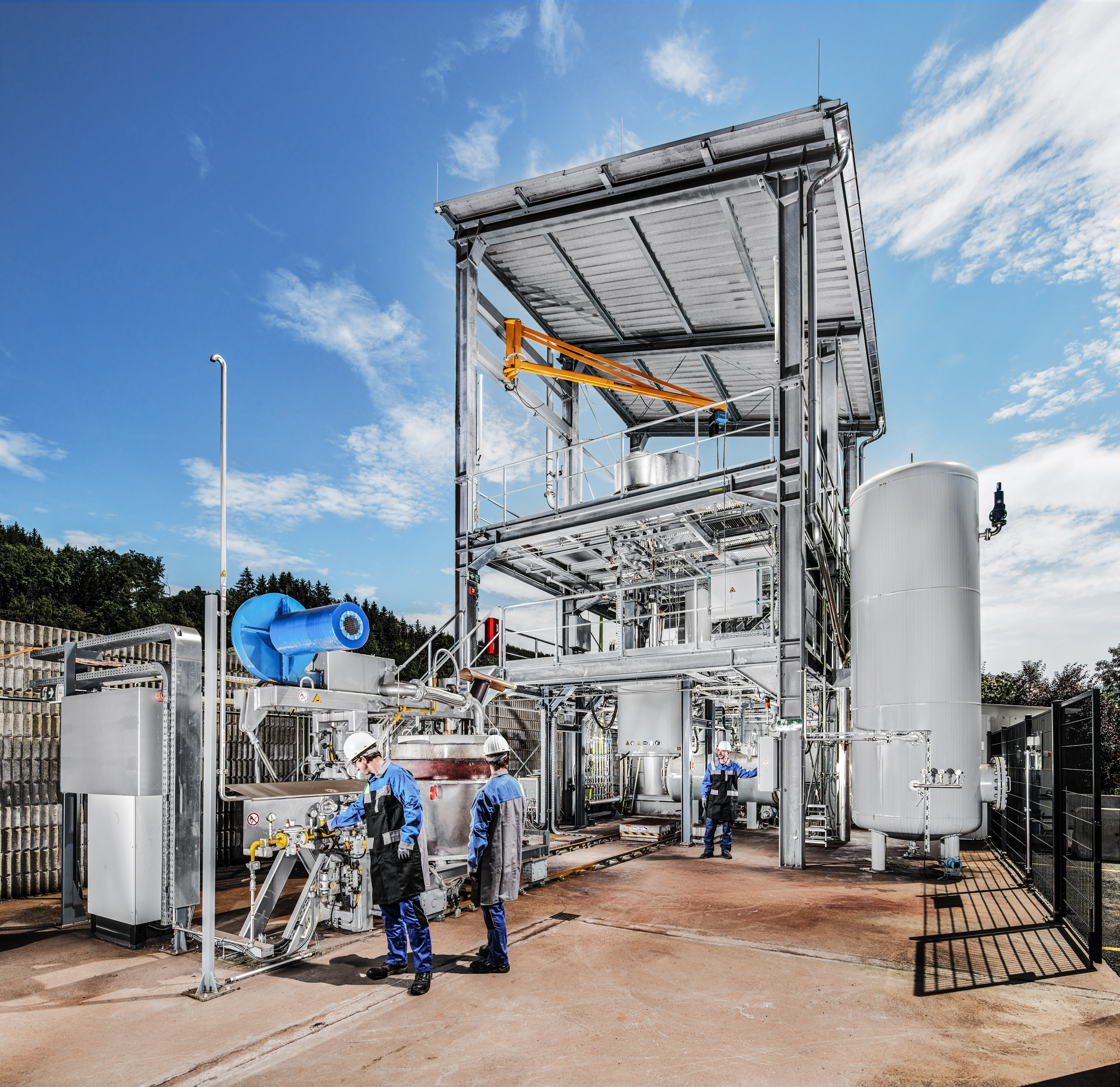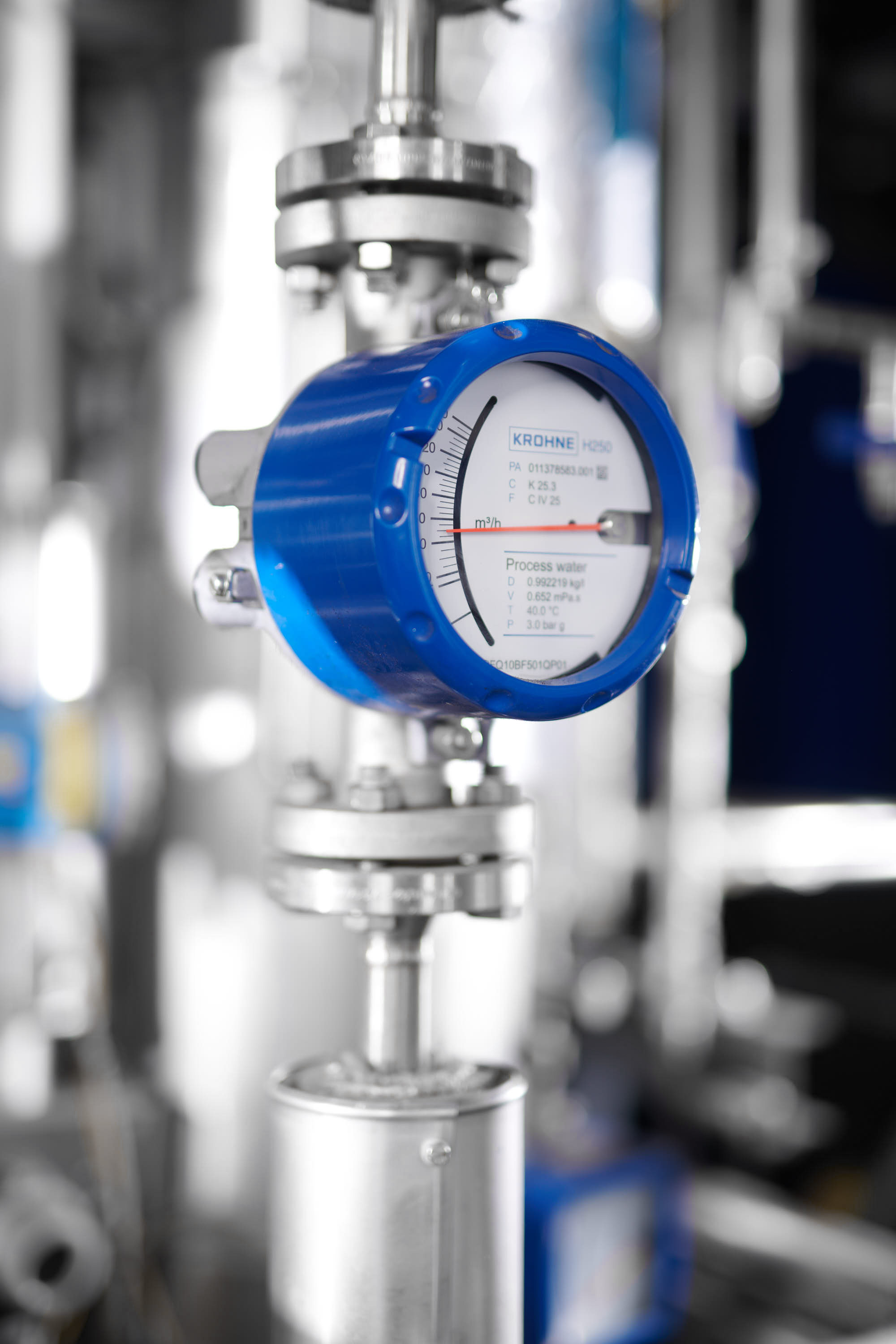Introduction
The pilot plant tests of the hydrogen plasma smelting reduction (HPSR) showed a feasible outline, and the primary process data verified a further development. Nevertheless, further adaptions of the systems equipment and the implementation of additional measuring equipment are mandatory to gather enough data for a well-designed and sound scale-up.
Since the HPSR process operates without the usage of carbon carriers to reduce, the melt (iron and slag) is expected to differ from the product of the industrial applied process concept of Blast Furnace +Basic Oxygen Furnace. Therefore secondary metallurgy treatment has to be redefined for the products of the HPSR-process.
Owning to the influence of the electrical equipment’s design and arrangement, further research is necessary to achieve the best conditions for a stable process. Further, the recycling of hydrogen in the off gas is essential for the economic success of the process. Furthermore, trials at the laboratory and pilot plants will help simulate the conditions in various process zones (slag, metal, gas). This should lead to the most feasible and ecological process conditions.
Objectives and Motivation
- Redefinition of secondary metallurgy treatment for the products of the HPSR-process
- Introduction and reduction of oxidic alloying elements
- Investigation of the production of ferroalloys like ferrochromium
- Determination of the content of sulfur and phosphorus and their distribution in the multiple phases of the process
- Realization and investigation of a semi-continuous operation of the installed pilot plant
- Combination of all experimental results and findings to start the basic engineering of an industrial-sized continuous, more economic pilot plant
- Creation of a CFD-MHD simulation of the HPSR reactor that represents the physical processes in the corresponding reactor geometry
- Development and incorporation of the reaction kinetics, chemical interactions and thermodynamics of hydrogen plasma as well as the electric arc into the simulation
- Development of an industrial applicable refractory concept
Methodology
- Literature studies, development of a theory for the behavior of tramp elements by the use of thermodynamic simulations
- Laboratory and pilot plant tests under varying parameters for the evaluation of the behavior of tramp elements
- Testing campaigns for the use of oxides as alloying elements and development of a steelmaking route with HPSR as a core reduction aggregate
- Lab-scale tests of different setups for the optimal arrangement of the equipment concerning the electrical field and the accompanying induced current
- Design of a multi cathode system for lab-scale trials and its testing campaigns
- Combination of the concept and the results for the start of the basic engineering of the continuous pilot plant
- Development of CFD-simulation geometry and framework
- Comparison of simulation results with experimental data from reactor operation
- Determination of the zone model for the pilot-scale plant
- Trials at the laboratory and pilot plants for the evaluation of the suitability of various refractory concepts at different zones
- Pre-engineering of a pilot plant refractory concept
Results and Application
The project includes the development of a concept for the subsequent secondary metallurgy to the HPSR process. A model is being created to analyze the behavior of accompanying elements in the process. The optimized use of oxides as alloying elements will be investigated. A distribution model for phosphorus and sulfur at different process conditions is developed.
Furthermore, the optimal design for the arrangement of the electrical equipment in the pilot plant will be determined. The best multi-cathode system for use in the pilot plant will be selected. The optimum geometry of the pilot scale reactor will be determined to ensure high energy density and low thermal losses.
A detailed process flowsheet is prepared, and a complex mass and energy balance of the pilot plant is performed. The key equipment of the pilot plant is determined.
The HPSR process and reactor are modeled to gain process knowledge. Simulation studies of various operating conditions and process variations are performed. A multi-layer concept for the refractory lining of the pilot plant will be developed. In addition, a concept for the optimum refractory material in all process zones will be developed.

 DE
DE EN
EN
